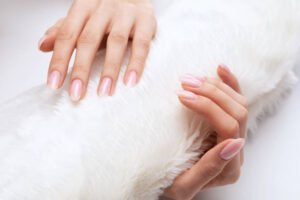
Nail artists have tried many materials besides feathers and metallics. Crushed shells give nails a beachy appeal, suitable for summer or destination weddings. Tiny beads and jewels can be used to make mosaics. Lace, a fashion textile, is used in nail art. It looks classy and textured when cut into little pieces and sealed in clear acrylic over a contrasting varnish.
These materials demand accuracy and experience to apply. The nail is prepped with a base coat to make the materials stick. Depending on the design’s complexity, nail artists may use tweezers, brushes, or a magnifying glass to place components. This stage is crucial because the arrangement must be safe and attractive. After the design, many UV-cured topcoat coats can be added for durability.
However, unusual nail art materials provide complications. Feathers and lace are fragile and can decay if not protected; longevity is essential. Additionally, these materials’ thickness might cause nails to snag on fabric and other fine materials, requiring customers to be cautious in their activities. Additionally, nail polish is more complex than removal. This industry demands competent technicians because it often requires a professional’s touch to avoid damaging the natural nail.
These materials can also be used with classic nail art techniques to release creativity. An artist may create a gradient look with polish, overlay lace, and emphasize the design with metallic strips along the lace ridges. This layered approach adds depth and lets clients customize their nail art to match their style.
Exotic materials cost more than polish or acrylics, but demand for custom designs justifies the cost. Unusual clients regularly buy these miniature works of art. Such specialized services are now popular among celebrities, fashion influencers, brides-to-be, and event-goers who want something unique to complete their look.
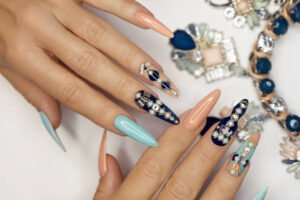
New materials and methods appear endless as the trend evolves. Nail artists will continue to push the limits of what can be done on a tiny canvas thanks to technological developments and a more extensive palette of materials. This innovation boosts aesthetic options and challenges nail artists to improve their skills and explore new boundaries.
In conclusion, feathers and metallic strips in nail art are a potent mix of tradition and modernity. This trend challenges artists to think creatively and gives clients a unique expression method. As this trend grows, it will undoubtedly improve fashion and beauty culture, making specialized pieces mainstream.
Increasing Advanced Nail Art Safety and Sustainability
Every modern nail studio uses creativity and innovation to create client-pleasing nail art trends. However, safety and environmental issues arise with elaborate designs on social media feeds. As materials and methods become more complicated, conscientious procedures that protect clients and the environment are needed.
Using acrylics, gels, and exotic embellishments in nail art has raised concerns about chemical exposure and environmental impact. Acrylics and gels include methacrylate chemicals that can cause allergic responses and other health risks if mishandled. Studio ventilation is essential to reduce chemical inhalation concerns. Complex air filtration systems and intelligent workstation design are needed to dilute and eliminate airborne pollutants.
To protect the natural nail, nail art must be applied precisely. Overfilling or poor enhancement removal can cause weak, brittle nails and other concerns. Technicians must be well-trained in applying and removing cosmetics, notably gels and acrylics. This training should also cover instrument use to prevent injuries and infections.
Nail art sustainability also garners attention. The beauty business, known for its environmental impact, is under pressure to reduce waste and non-renewable resource use. This can entail using biodegradable or sustainable nail studio materials. Some eco-conscious businesses provide biodegradable glitter and reusable nail files.
Additionally, nail studio disposal procedures have severe environmental impacts. Acetone is a powerful solvent found in traditional nail polish removers but dangerous if released into the environment. Less volatile organic compound formulations are safer and acetone-free. Studios should adopt these options to protect the environment and improve workplace safety.
Another essential element is water use. Manicures and pedicures require lots of water to soak nails and rinse chemicals. Studios can lower their water footprint using low-flow faucets and other water-saving methods. Though rare, recycling greywater for non-sanitary applications is a viable industry development.
Energy consumption matters, too. UV lamps, which are needed to cure gels, use much energy. LED curing technology reduces customer burns and irritation by using less energy and operating at a lower temperature in nail studios. Switching to LED lights for studio lighting reduces energy use and carbon footprint.
Product sourcing is critical to sustainability. Ethical sourcing guarantees that nail studio items are created in a way that respects human rights and the environment. Avoid palm oil and mica, linked to deforestation and mined under unfair labor conditions. Using ethical suppliers, nail studios may promote a sustainable and fair trade beauty business.
The lifecycles of nail studio goods should be considered. Eco-conscious consumers are making biodegradable polishes and removers popular. Decomposing faster and more completely than older formulations, these products reduce landfill waste and contamination.
Finally, nail studios can help minimize the beauty industry’s environmental impact by participating in local and worldwide efforts. This can involve recycling, sponsoring sustainable practices education events, and working with environmental groups.
The nail art industry must balance creativity and responsibility to innovate. Modern beauty practices that respect people and the environment prioritize safety and sustainability. As technology evolves and consumer knowledge grows, the industry may lead by example, showing that beauty does not harm health or the environment.

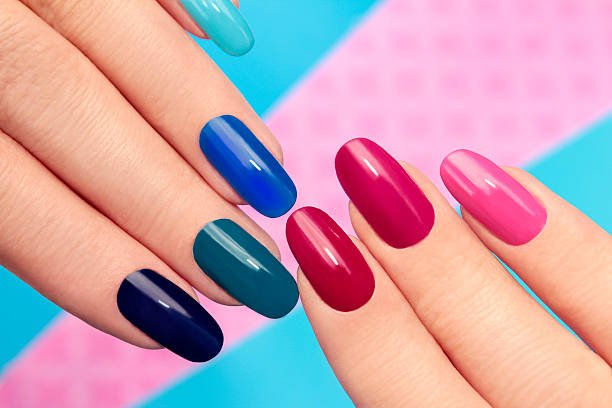
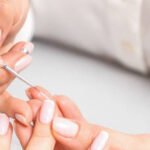
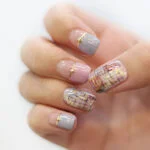
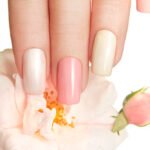
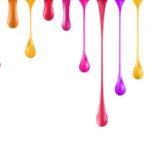
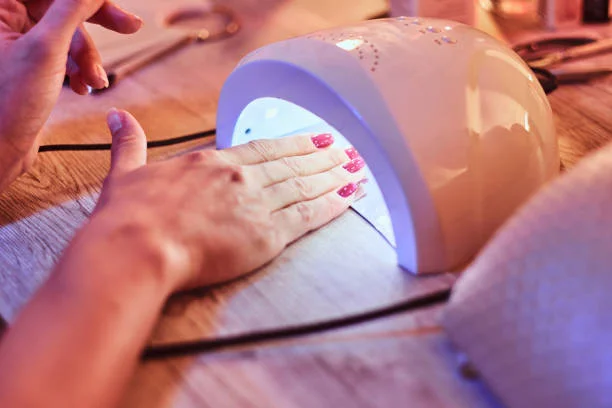
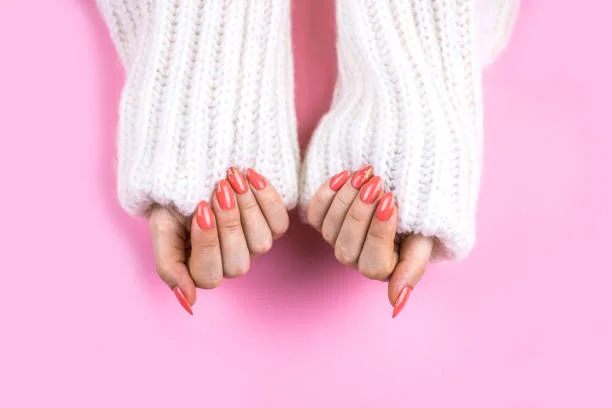
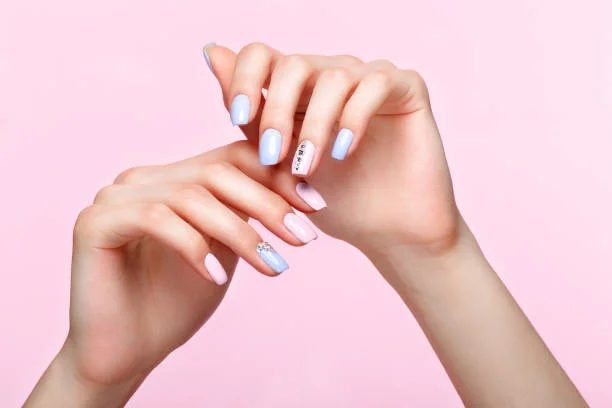
Leave a Reply